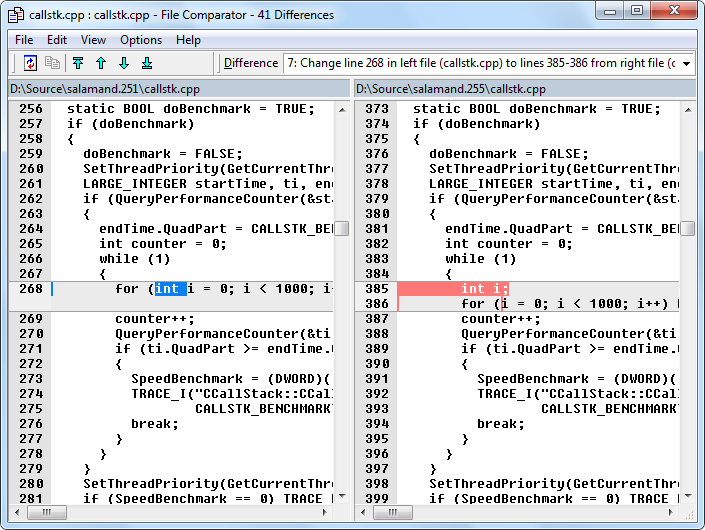How To Binary Files

How to Open BIN Files. The BIN format is an older file type that contains all of the information from the CD or DVD it originated. FILE 'filename.bin' BINARY. Click inside the text file and press the Ctrl and A keys to select all text in the file. All text will highlight. Right-click on the highlighted text and click 'Copy.' Right-click inside the Binary Converter text box and click 'Paste.' The text from the text file is pasted into the Binary Converter input box.
• You can jump instantly to any structure in the file, which provides random access as in an array. • You can change the contents of a structure anywhere in the file at any time. Binary files also usually have faster read and write times than text files, because a binary image of the record is stored directly from memory to disk (or vice versa). In a text file, everything has to be converted back and forth to text, and this takes time. C supports the file-of-structures concept very cleanly. Once you open the file you can read a structure, write a structure, or seek to any structure in the file.
This file concept supports the concept of a file pointer. When the file is opened, the pointer points to record 0 (the first record in the file). Any read operation reads the currently pointed-to structure and moves the pointer down one structure. Any write operation writes to the currently pointed-to structure and moves the pointer down one structure. Seek moves the pointer to the requested record. Vidi Aldiano Pupus Kasih Tak Sampai Stafaband Mp3.
Keep in mind that C thinks of everything in the disk file as blocks of bytes read from disk into memory or read from memory onto disk. C uses a file pointer, but it can point to any byte location in the file.
You therefore have to keep track of things. The following program illustrates these concepts. • A memory address • The number of bytes to read per block • The number of blocks to read • The file variable Thus, the line fread(&r,sizeof(struct rec),1,f); says to read 12 bytes (the size of rec) from the file f (from the current location of the file pointer) into memory address &r.
One block of 12 bytes is requested. It would be just as easy to read 100 blocks from disk into an array in memory by changing 1 to 100. The fwrite function works the same way, but moves the block of bytes from memory to the file. The fseek function moves the file pointer to a byte in the file.
Generally, you move the pointer in sizeof(struct rec) increments to keep the pointer at record boundaries. You can use three options when seeking. • SEEK_SET • SEEK_CUR • SEEK_END SEEK_SET moves the pointer x bytes down from the beginning of the file (from byte 0 in the file). SEEK_CUR moves the pointer x bytes down from the current pointer position.
SEEK_END moves the pointer from the end of the file (so you must use negative offsets with this option). Several different options appear in the code above. In particular, note the section where the file is opened with r+ mode. This opens the file for reading and writing, which allows records to be changed.
The code seeks to a record, reads it, and changes a field; it then seeks back because the read displaced the pointer, and writes the change back. For more information on C and related topics, check out the links on the next page.
Various people have answered some aspects of the query, but not all. All files on computers are stored as 1's and 0's. Images, text files, music, executable applications, object files, etc. They are all 0's and 1's.
The only difference is that they are interpreted differently depending upon what opens them. When you view a text file using cat, the executable ( cat in this case) reads all the 1's and 0's and it presents them to you by converting them into characters from your relevant alphabet or language. When you view a file using an image viewer, it takes all the 1's and 0's and turns them into an image, depending on the format of the file and some logic to work it all out. Compiled binary files are no different, they are stored as 1's and 0's. Arzyfex's answer gives you the tools to view those files in different ways, but reading a file as binary works for any file on a computer, as does viewing it as octal, or hex, or indeed ASCII, it just might not make sense in each of those formats. If you want to understand what an executable binary file does, you need to view it in a way which shows you the assembler language (as a start), which you can do using, objdump -d /path/to/binary which is a disassembler, it takes the binary content and converts it back into assembler (which is a very low level programming language). Objdump is not always installed by default, so may need to be installed depending on your Linux environment.